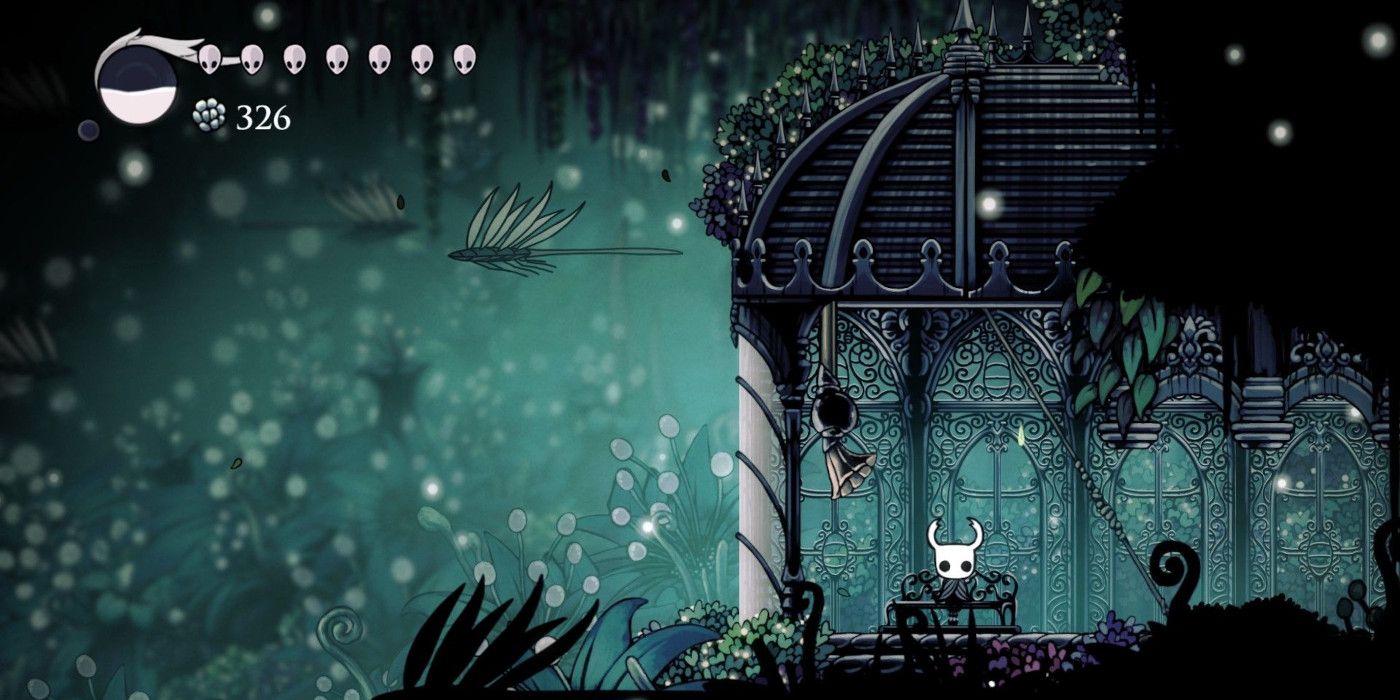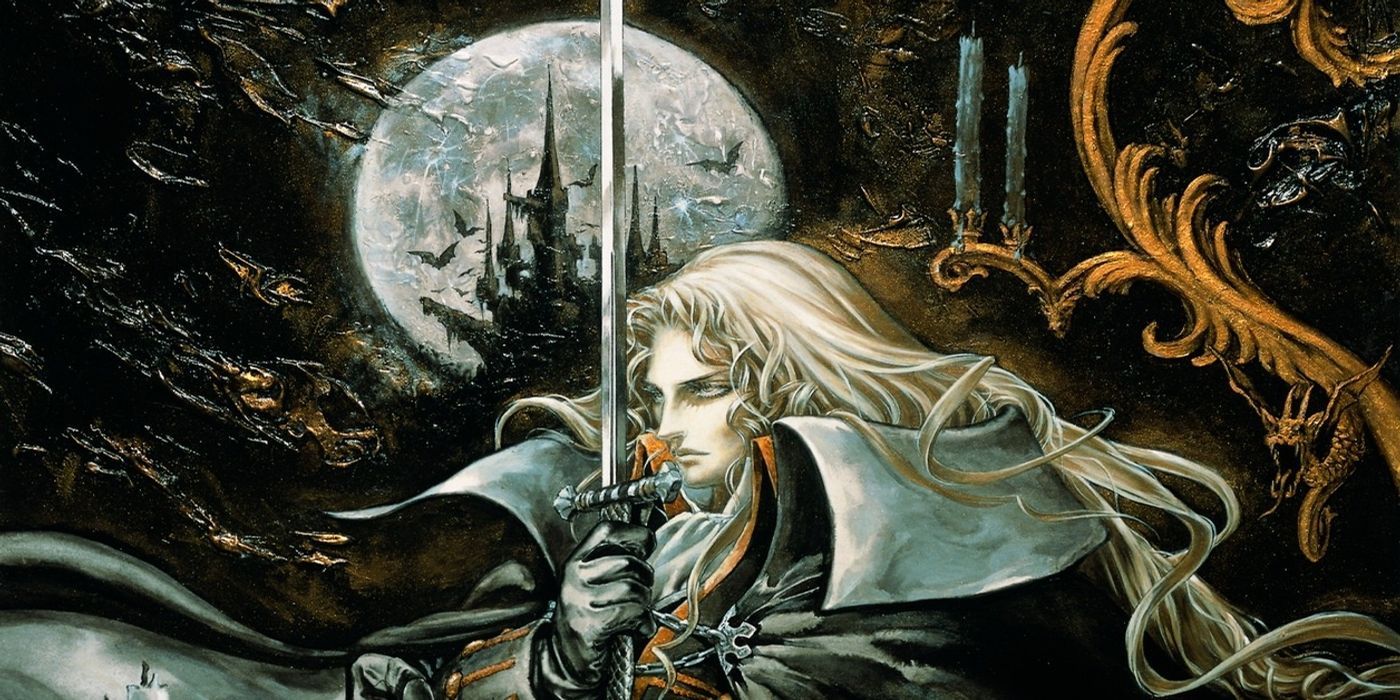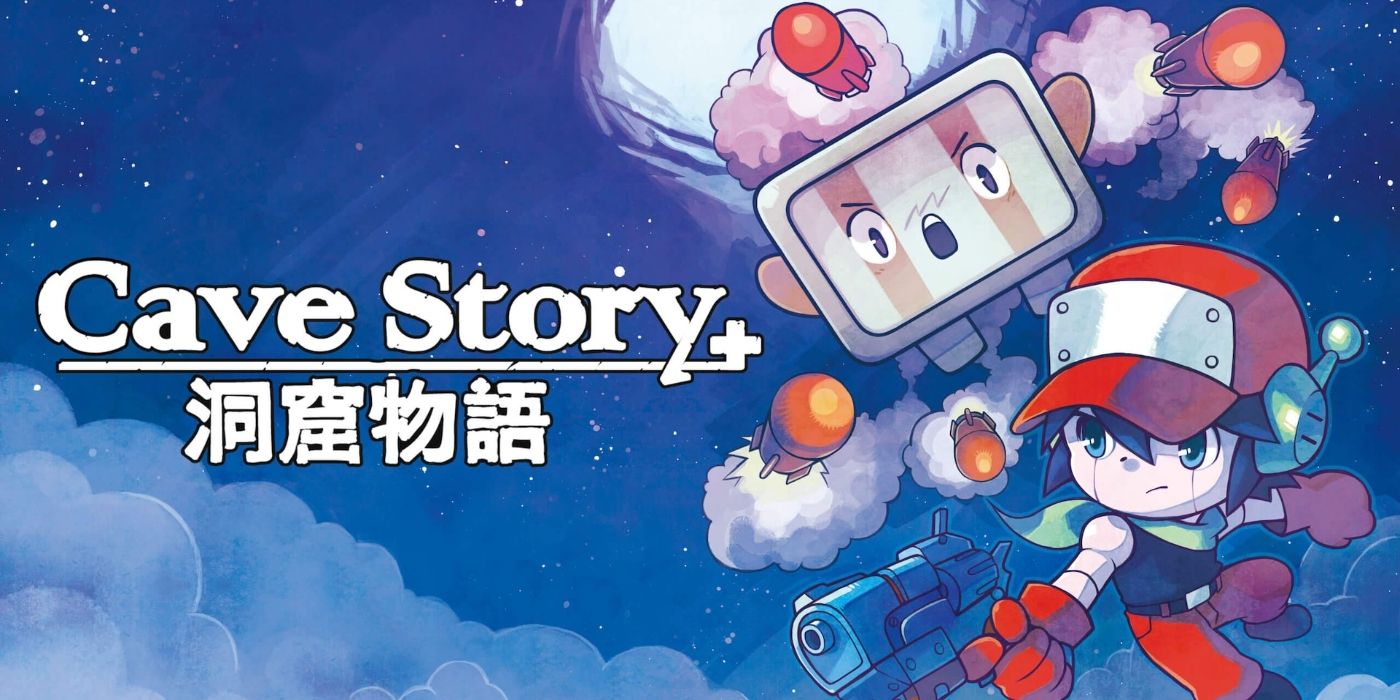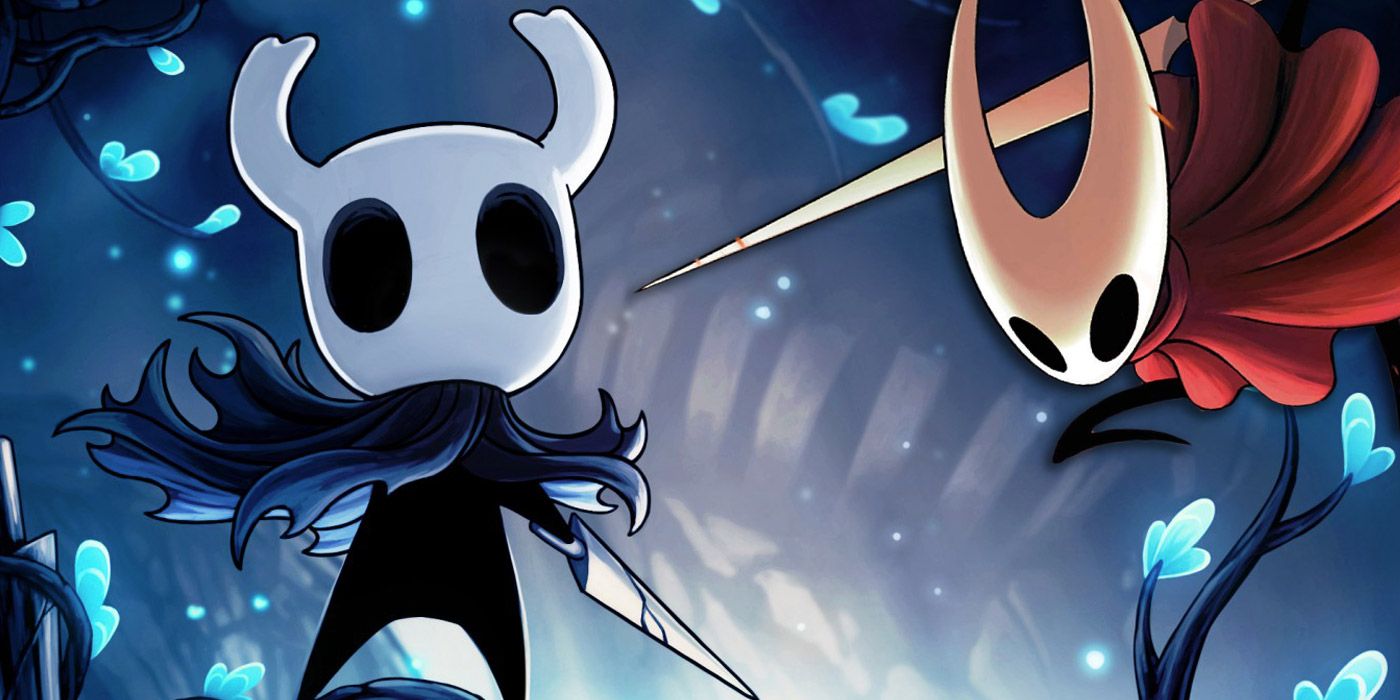History of Metroidvania Games | Game Rant

A portmanteau between Metroid and Castlevania, "Metroidvania" games often take the core gameplay concepts from these two franchises. They often feature large, interconnected maps for players to explore with restricted areas that can only be unlocked once players have acquired powers or upgrades. Metroidvania games are typically sidescrolling platformers, and they place heavy emphasis on exploration as players will have to retrace their steps to discover secrets.
With the recent success of games like Hollow Knight, Dead Cells, and Ori and the Blind Forest, the Metroidvania genre has taken the industry by storm. Although its origins can be traced back as far as the 80s, the genre has seen a resurgence in the 2010s thanks to several critically acclaimed indie games. Along with the roguelike genre, Metroidvania games have become one of the biggest staples in the indie scene.

In particular, the original Metroid game from 1986 has often been cited as the most influential game for the Metroidvania genre. The game focused heavily on exploration as players would control Samus and look for powerups in order to reach previously inaccessible areas. Metroid was Nintendo's attempt to create a nonlinear adventure game that would distinguish it from other games at the time and was one of the first games to contain multiple endings.
At around the same time, the Castlevania series was gaining popularity, and the 1987 game Castlevania 2: Simon's Quest experimented with a nonlinear style of adventure. However, series lead Koji Igarashi saw that subsequent sequels in the series often had veteran players racing through the stages while newcomers would struggle. In order to balance this disparity, Igarashi and his team looked to incorporate gameplay elements such as RPG mechanics for player progression, large interconnected maps to explore, and key items to open up inaccessible areas. These elements were used in 1997's Castlevania: Symphony of the Night, and this game became another foundation for the Metroidvania genre.
Although the exploration aspect of Metroidvanias stem from Metroid, Castlevania: Symphony of the Night incorporated elements found in RPGs such as attributes, leveling, spells, and summoning familiars. Together, these two series form the basis of Metroidvanias that players are familiar with today. Featuring nonlinear exploration with backtracking and upgrades, Metroidvanias also borrow RPG elements such as magic, levelling, and character progression. Although many modern Metroidvanias have branched off into other subgenres and gameplay elements, these aspects remain integral to the genre.

While both Metroid and Castlevania continued to create titles into the 90s, it wouldn't be until the early 2000s that indie developers helped Metroidvanias experience a resurgence. In 2004, a man named Daisuke Amaya released a game called Cave Story, a 2D platformer that borrowed gameplay elements from Metroid and Castlevania. Players would control a robot named Quote who wakes up with amnesia and must discover his past to escape the cave he's trapped in. Featuring cavernous areas and platforming puzzles, Cave Story would also lock off certain areas until players had unlocked new powerups for Quote's weapons.
After its initial release, Cave Story gained a massive following and popularity through the Internet. It received critical acclaim for its plot, characterizations, setting, and gameplay proving to the world that indie games could rival major studio developers. Cave Story became the poster child for indie success, as it paved the way for future indie platformers such as Super Meat Boy and Braid. Cave Story also showed indie developers the viability of Metroidvanias as a medium to tell stories with mystique and complex lore. Since many Metroidvanias lock progression behind upgrades or powerups, they also encourage players to discover the games' secrets through exploration and backtracking.
Over the late 2000s and early 2010s, Metroidvanias became a staple of the indie genre as developers used the world's environments as a means to present the narrative. As more games were released over the years, developers also began incorporating gameplay elements from other genres as Metroidvanias began to branch out and spawn subgenres. Notably, the Souls-like genre inspired from the Dark Souls franchise and roguelike genre often combine with Metroidvania mechanics to create games like Salt and Sanctuary and Rogue Legacy. Complex worlds rich in detail and gorgeous artstyles have become the norm through games like Hollow Knight and Ori and the Blind Forest. Koji Igarashi even developed a spiritual successor to Castlevania called Bloodstained: Ritual of the Night due to the newfound interest in the genre.

For now, while Metroidvanias aren't favored by many major AAA studios, they have become one of the beloved and popular genres in the indie community. With upcoming games like Hollow Knight: Silksong generating mainstream attention, it seems that the genre has a good future ahead. However, it wouldn't be surprising to see Metroidvanias continue to evolve and take influence from other genres and games. The genre itself is quite flexible in its design philosophy, and this enables developers to introduce a narrative in a familiar playstyle for different fans.
The most popular Metroidvanias of the 2010s only retain basic gameplay elements from Metroid and Castlevania, and have encompassed many different influences. Over time, elements from RPGs, platformers, puzzle games, roguelikes, and adventure games have all slowly influenced the genre in a variety of ways. While sequels such as Hollow Knight: Silksong and Axiom Verge 2 have been generating hype among Metroidvania fans, it's ultimately difficult to guess what direction the genre will take a few years from now.
Regardless, the viability of Metroidvanias have never been stronger given how well the genre's biggest gameplay elements can be implemented by aspiring indie developers. As most indie developers cannot afford to create a game in 3D and will often have to reuse assets or locations, Metroidvanias allow them to be expressive with their narratives without requiring a large budget. As a result, Metroidvanias will continue to thrive in the indie scene as it offers a perfect way for indie developers to tell their stories while remaining adaptable with their constraints.

Post a Comment